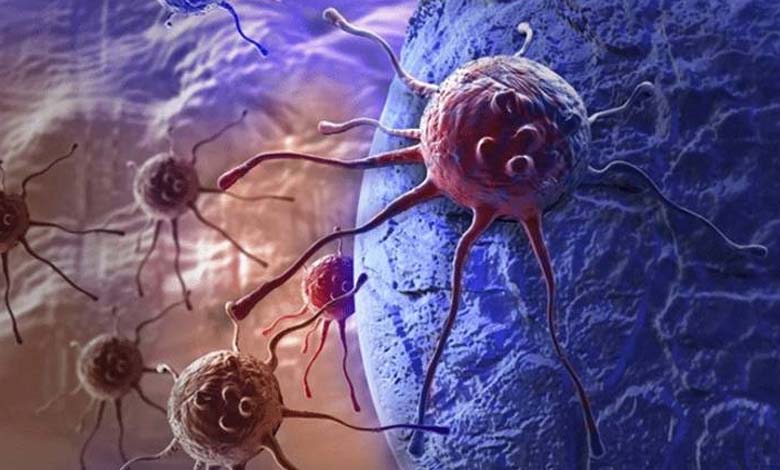New innovative method destroys 99% of cancer cells

They have found a new way to destroy cancer cells by stimulating “aminocyanin” molecules using infrared light.
Aminocyanin molecules are already used in bioimaging as synthetic dyes. They are also used in low doses for cancer detection, remaining stable in water and effectively binding to the outer part of cells.
The research team from Rice University, Texas A&M University, and the University of Texas, in a study published in the journal Nature Chemistry, stated that the new approach represents a significant improvement compared to another previously developed type of cancer-killing molecular mechanism called Feringa motors, which are capable of breaking down problematic cancer cell structures.
Chemist James Tour from Rice University said, “A completely new generation of molecular mechanisms that we call molecular cluster machines.” He added, as quoted by “Science Alert,” “A million times faster in their mechanical movement than previous (Feringa) motors and can be activated using near-infrared light instead of visible light.”
The use of near-infrared light is crucial as it allows scientists to penetrate the body and treat cancer in bones and organs without the need for surgical procedures to access cancer growth.
In tests conducted on cancer cells grown in the laboratory, the new molecular method achieved a success rate of 99% in destroying cells. This approach was also tested on mice with melanoma tumors, resulting in half of them becoming cancer-free.
The structure and chemical properties of aminocyanin molecules mean that they remain synchronized with the correct stimulus, such as near-infrared light. When in motion, they form electron-containing entities inside the molecules known as plasmons, which are entities that vibrate collectively.
The “plasmons” have an arm on one side, helping to bind the molecules to the membranes of cancer cells, while the vibrational movements separate them from each other, thus destroying them.












